Do you have any machinery or equipment that you would love to import into the country?
Then this article is for you.
We cover everything you need to do to clear this type of goods, from the required documents to the costs and the expected timelines.
Do you need a professional Customs Broker to assist you along the way? Our customs brokerage team has 20+ years’ experience helping businesses clear imports smoothly. Contact us today.
Key Documents Required For Heavy Equipment Customs Clearance
Clearing manufacturing, industrial or heavy equipment through Nigerian customs depends first on having the right paperwork.
It is important to get the following document ready before your shipment arrives.
- Commercial Invoice.
- Packing List.
- Certificate of Origin.
- Import Licence.
- Insurance Certificate.
- Inspection Certificate.
- SONCAP Certificate (if applicable).
- Bill of Entry.
- Bill of Lading or Air Waybill (originals are required).
- Laboratory/Phytosanitary Test Certificate (if applicable).
- Form M (if applicable).
- Pre-Arrival Assessment Report (PAAR) (if applicable).
- DPR Product Certificate (if applicable).
Feel like a lot of paperwork? Yes, it is.
At SARA, we begin securing all required documents and licences several days before the machines reach the port.
It’s how we avoid the delays, surprise fees, or seizures that happen when documents are wrong or missing.
We have a complete guide that explains all the customs clearance documents in depth. Check it out to learn more about what these documents contain.
Tariff Classification and Duty Rates For Machinery Customs Clearance
Classifying imported equipment correctly is the single most important step for predicting how much you’ll pay at the border.
Customs uses the international Harmonised System (HS) code to decide which tariff line applies to your item.
Each HS code has its import duty rate and rules. Hence, when you know the HS code for your goods, you can determine your import duty fee.
We have a guide that you can follow to get your HS code and customs duty online, but we highly recommend using the assistance of one of our expert customs brokers to get the accurate HS code.
This is because mistakes in industrial tool classification can alter duty rates and trigger additional inspections or penalties, resulting in delays and, in some cases, extra fees.
Below are examples of machines for the Nigerian Tariff Search Tool, along with their code and import duty.
| Description | Cost (estimate) | HS code | Import Duty Rate | Import Duty Fee |
| Textile winding (including weftwinding) or reeling machines | ₦5,700,000 | 8445400000 | 5% | ₦285,000 |
| Machinery for the preparation of fruits, nuts or vegetables | ₦1,350,000 | 8438600000 | 5% | ₦67,500 |
| Machines and apparatus for the manufacture of flat panel displays | ₦2,250,000 | 8486309000 | 10% | ₦225,000 |
For a breakdown of all the costs involved in clearing your equipment, beyond just the customs duty, check out our complete guide on customs clearance costs.
Typical Timeline For Industrial Tools Customs Clearance
Customs clearance time varies by shipping mode, the complexity of the equipment, regulatory checks required (SON, NAFDAC, NESREA, etc.), and how complete your paperwork is.
At SARA, our average customs clearance time is about 7 days. In some cases, we’ve completed the process in as little as 2 days, while in others, depending on circumstances, it can take up to 14 days.
Wondering why clearance times aren’t the same? Check out this guide, which explains the reasons and gives tips to get your goods moving sooner.
Note that trying to clear your equipment yourself can greatly extend this timeline, as the customs clearance procedure for industrial tools carries more risk and work than you would expect.
Contact us today and let the experts help you out.
Step‑by‑Step Clearance Process in Nigeria
For our team at SARA, the whole customs clearance process starts pre-arrival of the goods.
Work is done to get your e-Form M, confirm HS codes, gather invoices, packing list, Certificate of Origin, insurance and any regulatory documents for your specific machinery or construction equipment.
On arrival:
- We gather all required customs clearance documents.
- Declare your shipment on DTI (Direct Trader Input) at a DTI cafe.
- Receive the Assessment Notice (duties & taxes breakdown, total due, payment instructions).
- The bank receives the Assessment Notification, and we pay assessed duties/taxes at any of the accepted banks in the country.
- The bank issues a payment confirmation, and NCS is notified of the payment.
- We then request consignment release at the DTI cafe to trigger the inspection by customs officers and any other relevant regulatory bodies.
- Customs & other agencies inspect the goods (typical inspection time: 1–7 days, depending on consignment).
- After inspections, we present the documents to the Terminal Operator to obtain the Exit Note.
- Exit Note authorises the release of the machine.
- The gate officer confirms the release electronically, and the goods are then cleared to leave the port.
After completing the entire customs clearance procedure, we recommend that our clients retain all clearance records and documents for any potential post-clearance audit.
We also have the appropriate vehicles and cranes for transporting heavy or delicate manufacturing machines and equipment.
Common Challenges and Best Practices
1. Higher-than-Expected Duties:
This is usually caused by wrong HS codes, tariff changes, extra taxes, or fines.
Fix: Use the correct classification code and descriptions, monitor tariff updates, check Free Trade Agreement benefits, and get expert cost estimates.
2. Regulatory Non-Compliance:
The frequent policy changes increase the risk of delays or seizures.
Fix: Work with specialised brokers, monitor official updates, train your staff, and ensure document accuracy.
3. Packaging & Labelling Issues:
Non-compliance with the destination country’s rules on goods packaging and labelling can result in fines or rejection.
Fix: Follow packaging standards, use compliant labels, and create SOPs/checklists for this.
4. Unexpected Customs Inspections:
Random checks conducted by customs officers can cause delays and extra costs.
Fix: Keep paperwork ready, cooperate fully, and consider priority clearance services.
Check out this guide to get access to other possible challenges that may arise and our best strategies for preventing them.
Clear Good With SARA
Importing industrial tools, machinery, or heavy equipment doesn’t have to be stressful, risky, or time-consuming. At SARA, we’ve spent over 20 years perfecting the process, from securing the right documents well before your shipment arrives to ensuring your goods pass through customs without unnecessary delays or surprise costs.
Whether you’re bringing in a single machine or an entire container of equipment, our experienced customs brokerage team handles every step with precision and compliance at the forefront.
Why risk costly mistakes or delays? Partner with SARA and enjoy faster clearance, fewer headaches, and the confidence that your imports are in expert hands.
Contact us today to get your shipment cleared smoothly and on time.
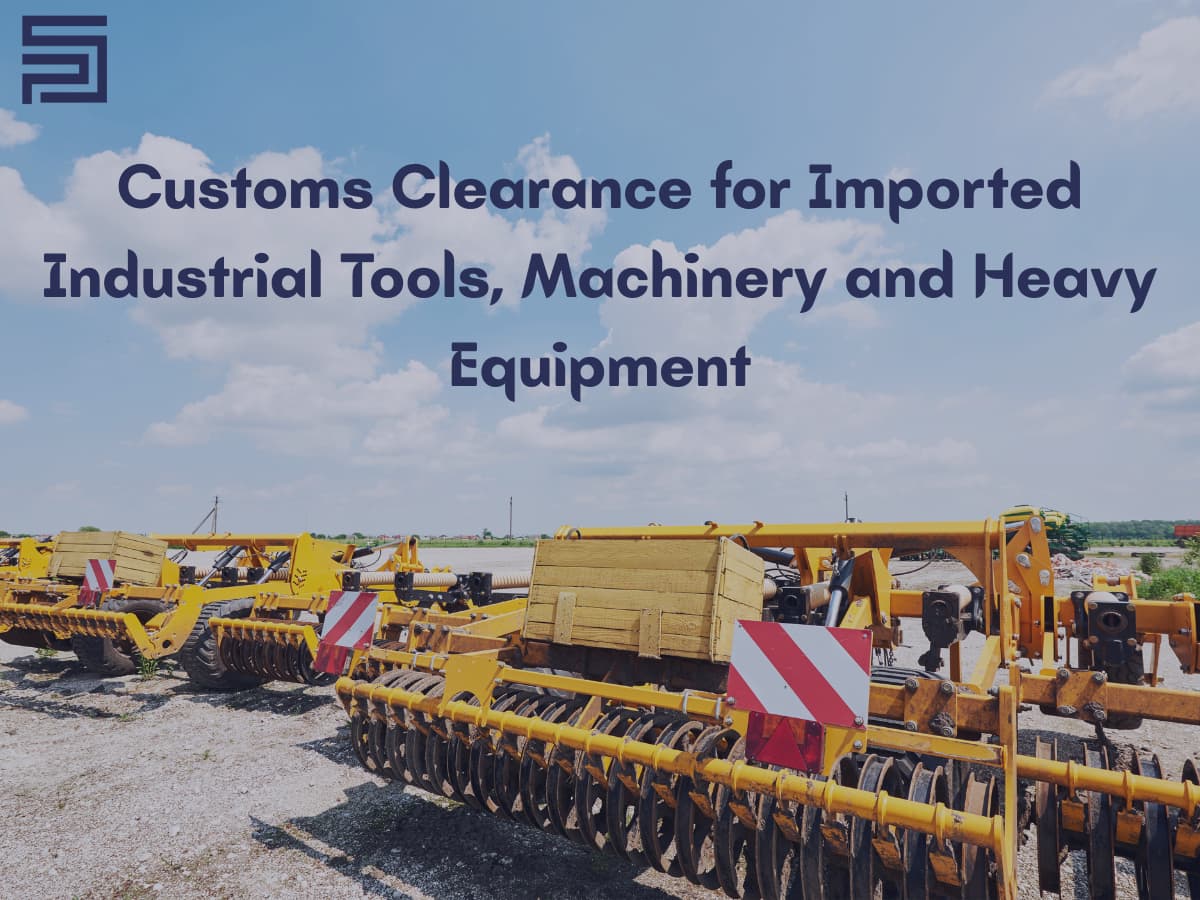

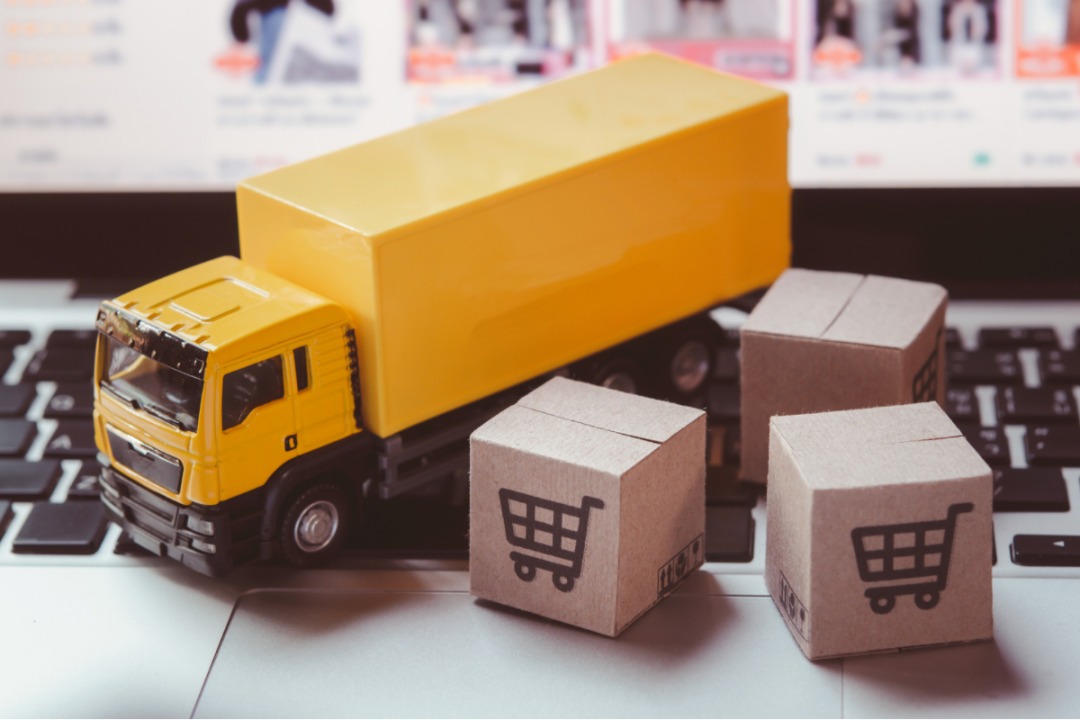
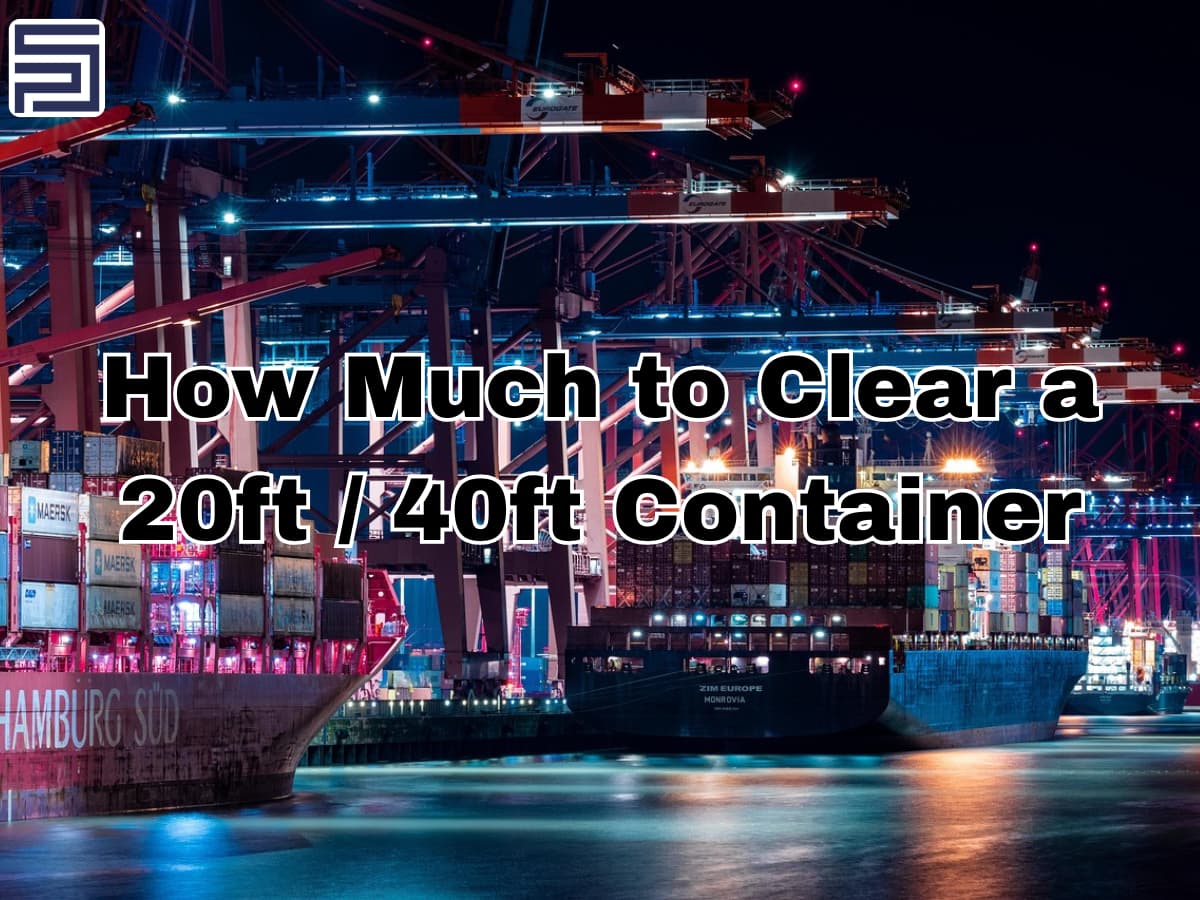
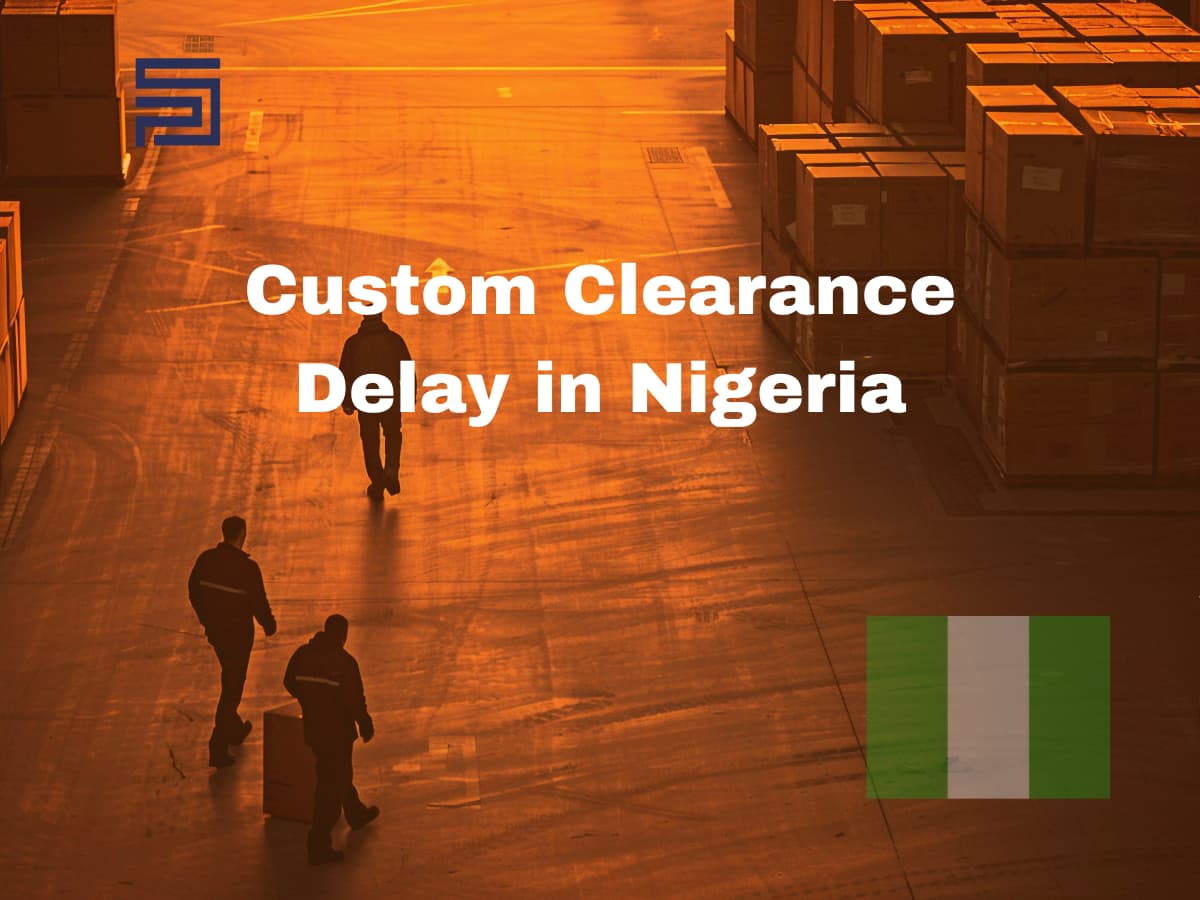
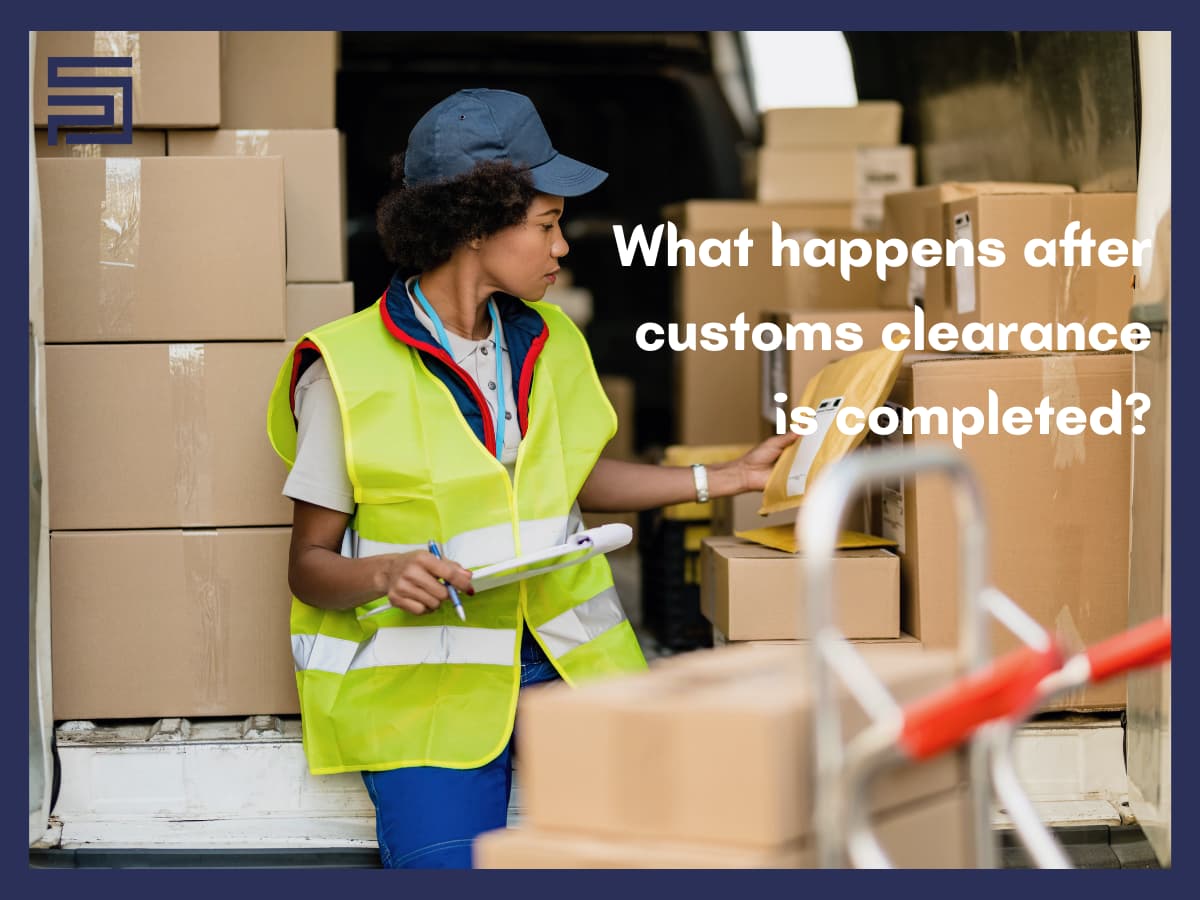
Comments
Please log in to leave a comment.